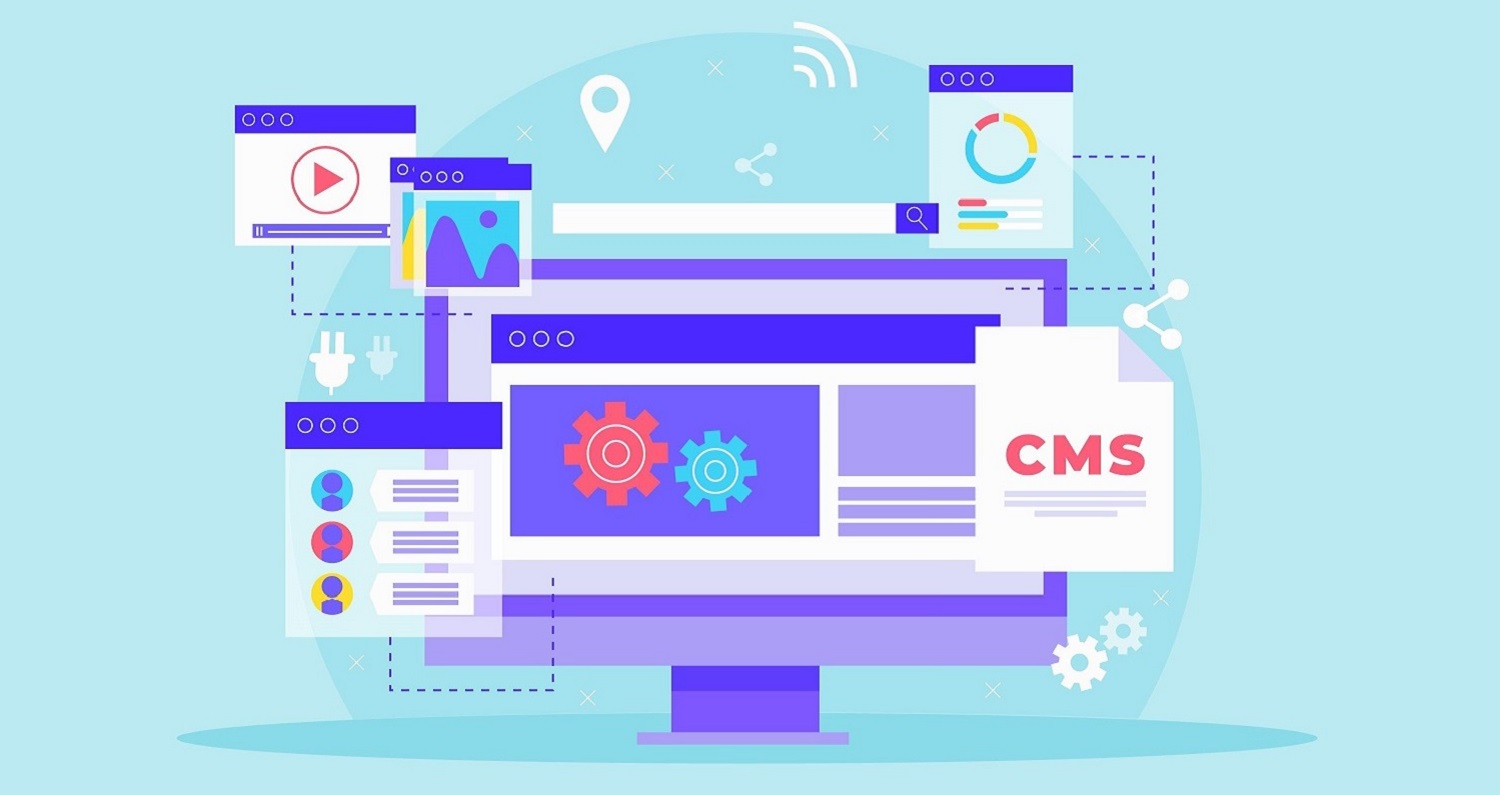There is no doubt that Covid-19 has significantly and rapidly altered the business landscape. Some of the changes may be permanent, some will be reversed, and some may form part of the ‘new normal’.
So what has happened due to Covid in-terms of digital?
The most significant Covid-related changes in the digital landscape have occurred in four key areas: telecommuting, on-demand goods/services, virtual events, and the cloud.
As the lockdown is eased, some businesses will have to adapt to social distancing and having fewer staff in central offices. Organizations that were not geared-up for online sales will have to revamp their websites to enable them to offer this and try to use digital in a way that assures customers that it is still safe to physically go to their premises.
Digital Transformation
Key steps to digitally transform your business
- Become a fully customer-focused company. Look at how you can make their lives easier using digital.
- Digital leadership. Executives and managers need to lead from the front and completely buy-in to the digital vision.
- Embrace technology. Digital transformation must be organization-wide and not restricted to certain departments. This may well mean changing the base systems that have been in place for years. The latest tech may well include AI/machine-learning as ways of streamlining systems.
- Data management. All data needs to be centralized on systems that can then be integrated into core processes. It is no good having data in multiple locations and on systems that don’t work together. Streamlined data is a vital part of a successful digital transformation.
- Internal systems. Providing awesome technological solutions for your employees that make their lives easier will empower them and enable them to provide a better experience to your customers.
- Digitize supply chains. Digital transformation can improve the speed and reliability of supply chains, including manufacturing processes, order fulfilment, and even delivery logistics.
- Prioritize data security/privacy. Only adopt new systems that are secure and reliable. Consumers will no longer tolerate their personal data being put at risk.
- Look at ways to be unique. This could be in the context of your product, service, or processes and could focus on delivery, sales, or even the products/services themselves – Innovation and digital go hand-in-hand.
- Personalization. Digital solutions are enabling highly-personalized offerings based upon a variety of factors such as consumer behavior, preferences, and demands. This means companies can talk to individuals rather than traditional ‘segments’.
- Investment. A willingness to invest in digital is vital. This may be in terms of systems or looking at ways that web design & digital enablement in Kingston or elsewhere can help sell your product or service.
As has been said so many times in the context of SEO, digital transformation is not a destination; it’s a journey and it cannot be delivered overnight. Any transformation should be driven by a combination of your customers’ demands, the macro and micro-economic environment, and your overall mission. It will require investment, commitment and time. But it will transform your business.















